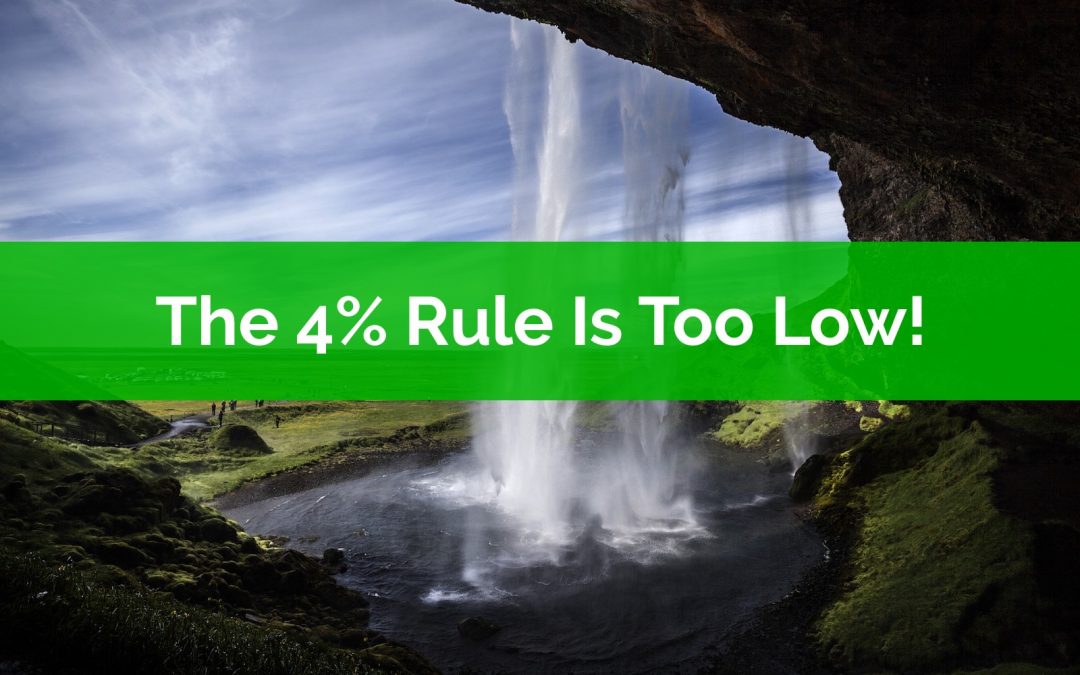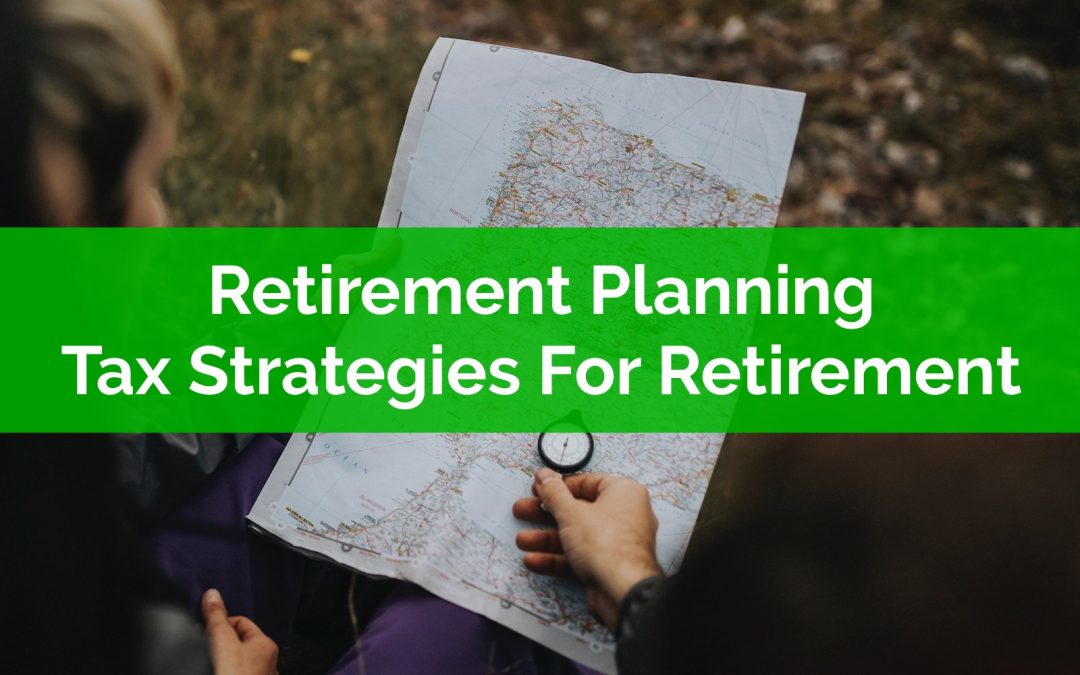
by Owen | May 6, 2019 | Retirement Planning, Tax Planning
Splitting income is an interesting tax planning opportunity for couples. Because we’re taxed individually on our income it can be advantageous to split income and reduce the overall income tax bill for the household.
The goal of income splitting is to perfectly split the household income and the corresponding tax bill. Splitting income 50/50 is the ideal way to minimize the household’s income tax. However, the CRA doesn’t like this, and there are lots of rules in place to prevent income splitting in certain situations.
Income attribution is what happens when you split income that you shouldn’t have. Even if you didn’t earn that income it can still be attributed back to you and needs to be captured on your annual tax return.
For example, if the higher-income spouse gives the lower income spouse $10,000 to invest, any income earned on that investment is attributed back to the higher income spouse, even if it doesn’t get paid into their account and/or they don’t receive a T5/T3 tax slip.
Income attribution is a huge deal. It requires people to properly report their income. The onus is on the couple to split their income properly. If a household doesn’t properly split their income, and they fail to report income attribution, it can come back later in the form of an audit and/or fines & penalties.
The goal with income splitting is to avoid these attribution rules and legally split income to the extent it’s possible.
Income splitting isn’t for everyone but many people can benefit from at least some basic income splitting.

by Owen | Apr 29, 2019 | Government Programs, Retirement Planning, Tax Planning
The Canada Pension Plan is expanding this year and that’s going to make retirement easier in the future. This expansion is part of a multi year effort to increase the size of CPP payouts in the future. The increased CPP benefits will make retirement easier for many people. It will mean less personal savings are needed for retirement and if you continue to save at the same rate as today you might actually be saving too much!
CPP is one of the best pension funds in the world. Actuaries have stated that CPP is solvent for 75+ years. That means anyone contributing to CPP now has very little to worry about when it comes to future CPP payments.
Despite Canada Pension Plan being one of the best pension in the world I still come across comments from people who are negative about CPP and OAS. They prefer not to count these retirement pensions in their financial plans. Instead they prefer to save more for retirement.
While I understand the desire to be prudent, this line of thinking makes things more difficult than they need to be. Retirement pensions like CPP and OAS provide an enormous amount of retirement income and ignoring them just means you have to save more.
Ignoring CPP and OAS is like running in a windstorm with a parachute tied to your back!
Why add that extra resistance when it’s already hard enough to save for retirement?!?
The good news for many people is that CPP enhancement will now fund even more of their retirement. Future CPP payments will make up an even higher % of retirement income. Before CPP reform the original goal for CPP was to cover 25% of earnings (up to the max) but with CPP enhancement the goal is to increase this to cover 33% of earnings (with a higher max too!). The result is that CPP payments will be up to 50% higher in the future!
This expansion will happen in two phases and the impact on your financial future will depend on how much you’re earning today and how long you’ll contribute under the new rules.
Unfortunately, if you’re retiring this year you won’t see much of an increase. But if you’re retiring in the next 5, 10, 20+ years you’ll likely see your CPP payments increase anywhere from $1.44/month up to $500+/month depending on timing and contributions! That’s an extra $6,000+ per year at age 65 or $8,500+ per year if delayed to age 70! And double that for couples!
The new Canada Pension Plan expansion won’t impact everyone equally, some people will gain more than others. Let’s look at the two phases of the expansion and how it will impact us.

by Owen | Apr 22, 2019 | Financial Goals, Retirement Planning
What does it take to become a millionaire? Surprisingly, not much, as long as you follow certain principles…
There’s something alluring about being a millionaire. Becoming a millionaire is not a traditional financial planning goal. There’s absolutely no reason to aim for a round $1,000,000. In fact, $1,000,000 might be too much! But there’s something appealing about it, alluring even. It could be the simplicity. It could be the many references to millionaires in movies, tv, music and social media. I have to admit, there’s just something interesting about having a 7-figure net worth.
Becoming a millionaire isn’t too difficult, if you start early enough and follow some basic principles. It’s a formula that’s been proven to work time and again.
So, what does it take to become a millionaire household in Canada? About 11.1%.
By using the right accounts, you can invest your way to $1,000,000 pretty easily, all it takes is time and discipline. The average household income in Canada is around $94,833 per year based on research by Statistics Canada and adjusted for inflation. That means to become a millionaire household by the time you hit retirement at age 65 you need to save about 11.1% per year. That’s it.
If you can save 11.1% of your gross household income from age 25 to age 65 you have a good chance of becoming a millionaire. And this is a million in today’s dollars. With inflation, you’ll actually have over $1.6M in future dollars.
This might be a bit lower during the beginning of your career when your income is lower, and it might be a bit higher later on when your income is higher. But by saving 11.1% of your income per year you should have a reasonably good chance of becoming a millionaire!
The key is to start early, be consistent, avoid unnecessary fees, and avoid the many mistakes investors tend to make.

by Owen | Mar 18, 2019 | Government Programs, Retirement Planning
The “4% Rule” is a common rule in personal finance. It’s a basic rule of thumb that suggests you can withdraw 4% from a well diversified portfolio and have a reasonably high chance of having money left over in 30-years.
Like any personal finance rule, it’s a bit of an oversimplification of a rule that contains many nuances. This rule is based on a famous study called “The Trinity Study”. That study was built on top of the work of Bill Bengen who used historical stock/bond/inflation rates to determine that a retiree can withdraw 4% of their initial portfolio value, adjusted for inflation each year, and have a reasonably high chance of success.
This is an amazing piece of work and has enabled many individuals to formulate their own retirement plans. But for Canadians it might be too low & too pessimistic.
When using the 4% rule it’s important to remember that “success” in the Trinity Study and in Bengen’s analysis means that there is at least $1 left after 30-years. It does not mean that investment principal will be left untouched. It’s very possible that a retiree could end up with just $1 in their account after 30-years and that would be considered success.
The nice thing about the 4% rule is that it’s pretty easy to find your target “retirement number”. All you have to do is estimate your annual retirement spending (including tax!) and multiplying by 25. If I wanted to retire with $50k/year before tax, according to the 4 percent rule, I would need $1,250,000 (25x $50,000/year)
The issue with the 4% withdrawal rule is that for Canadians it’s too low, it’s too pessimistic, and it leads people to forget about other types of retirement income and perhaps save too much. If you’re retiring in your 50’s to early 60’s then you could start withdrawing at a higher rate and still be successful.
(Disclaimer: Everyone’s situation is different. What works for one retiree may not work for another. Make sure to review your retirement plans with an advice-only financial planner to ensure your plan is successful)
Retirees in their 50’s or early 60’s will be eligible for two large government benefits just a few years after retirement. CPP and OAS can easily provide 25%+ of a retirees annual spending. Ignoring these benefits will mean you might save too much! Aiming for a portfolio that is 25x your annual spending is overkill because it doesn’t take into account these large government benefits.
For many retirees in their 50’s and early 60’s they can withdrawal MORE than 4% from their portfolio at the beginning of retirement. This is because a few years down the road they’ll be eligible for CPP and OAS. Once these benefits kick in their withdrawal rate will be much, much lower.
But, the earlier you retire the closer to the 4 percent withdrawal rate you need to be. Retiring early means you need to have closer to 25x your annual spending to bridge the gap between early retirement and government benefits. Bridging a 5-year gap between age 55, when retirement starts, and age 60, the earliest CPP can begin, is much different than retiring at 45 and waiting 15+ years for CPP.
Not only does retiring early create a larger gap between your retirement date and CPP/OAS but there are other risks too. One of the biggest risks is a change to OAS.
OAS is funded through government revenue. This means it’s not guaranteed the same way CPP is guaranteed. In fact, we’ve already seen OAS change twice in the last decade. OAS briefly went from age 65 to age 67 and then back again. This didn’t affect people who were already 55 but for those 55 and under they saw their earliest OAS date pushed later and later.
Still, for anyone in their early 50’s to early 60’s it’s reasonable to assume CPP and OAS will be available in its current form (but nothing is 100% guaranteed!)
Let’s look at two scenarios, one where retirement starts at age 55 and the initial withdrawal rate is above the “4% safe withdrawal rate”, and a second scenario where retirement starts at age 45 with the same withdrawal rate. For each scenario we’ll look at the success rate (how likely it is that we won’t run out of money before age 100).

by Owen | Feb 18, 2019 | Retirement Planning
Taxes and benefit claw backs are one of the largest expenses that a retiree will face. But with some careful planning we can minimize the impact of these expenses in retirement. Minimizing taxes and benefit claw backs will mean that a retiree can retire on less, spend more in retirement, and have a more secure retirement.
The median income for a retiree is around $36,050 for an individual and $64,800 for a couple but each source of income is taxed very differently. Even with the same income, one retiree could pay way more tax than another retiree even with the exact same income.
When it comes to retirement planning there are a couple of important strategies that we always want to follow. We always want to aim for 50/50 income splitting in retirement and we always want to be very careful about the types/amounts of retirement income when a retiree is eligible for GIS.
When planning tax strategies for retirement we always want to look at the marginal effective tax rate, not just income tax rates. Marginal effective tax rate (METR) is the combination of income tax rates and government benefit claw back rates. METR is the combined impact of tax & benefits on the next $1 of income.
METR is the most important factor to consider when creating tax strategies for retirement. At the end of this post we’ll look at marginal effective tax rate for a couple of specific retirement scenarios.

by Owen | Dec 31, 2018 | Financial Goals, Get Out Of Debt, Retirement Planning, Saving Money
It’s the new year! Time to kick start your finances!
This ten day routine will help you shift your finances into high gear. This routine is aggressive, ambitious, and a bit challenging. This routine will cover all the basics of a good financial routine. Having a routine for your money is one of the best ways to improve your finances this year.
If ten days seems like too much (and it probably is!) then consider spreading these steps over ten weeks or even ten months to make things a bit easier. The key is to find a pace that works for you. It’s better to take a bit more time if it means you’ll stick to your new routine.
If it seems daunting then consider pairing up with a friend, co-worker, or getting the help of a financial coach. At PlanEasy we offer custom financial coaching & advice for our clients. As a new client, we’ll create a 12-month program tailored specifically to you and your goals. If you struggle with your financial routine then a bit of coaching & advice might be exactly what you need to improve your finances this year.
Page 17 of 19«...1516171819»






